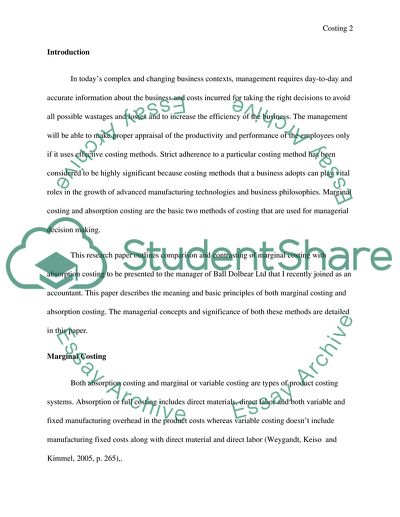Cite this document
(Comparison of Absorption Costing with Marginal Costing Research Paper, n.d.)
Comparison of Absorption Costing with Marginal Costing Research Paper. Retrieved from https://studentshare.org/finance-accounting/1569316-contrast-and-compare-absorption-costing-with-marginal-costing
Comparison of Absorption Costing with Marginal Costing Research Paper. Retrieved from https://studentshare.org/finance-accounting/1569316-contrast-and-compare-absorption-costing-with-marginal-costing
(Comparison of Absorption Costing With Marginal Costing Research Paper)
Comparison of Absorption Costing With Marginal Costing Research Paper. https://studentshare.org/finance-accounting/1569316-contrast-and-compare-absorption-costing-with-marginal-costing.
Comparison of Absorption Costing With Marginal Costing Research Paper. https://studentshare.org/finance-accounting/1569316-contrast-and-compare-absorption-costing-with-marginal-costing.
“Comparison of Absorption Costing With Marginal Costing Research Paper”. https://studentshare.org/finance-accounting/1569316-contrast-and-compare-absorption-costing-with-marginal-costing.


